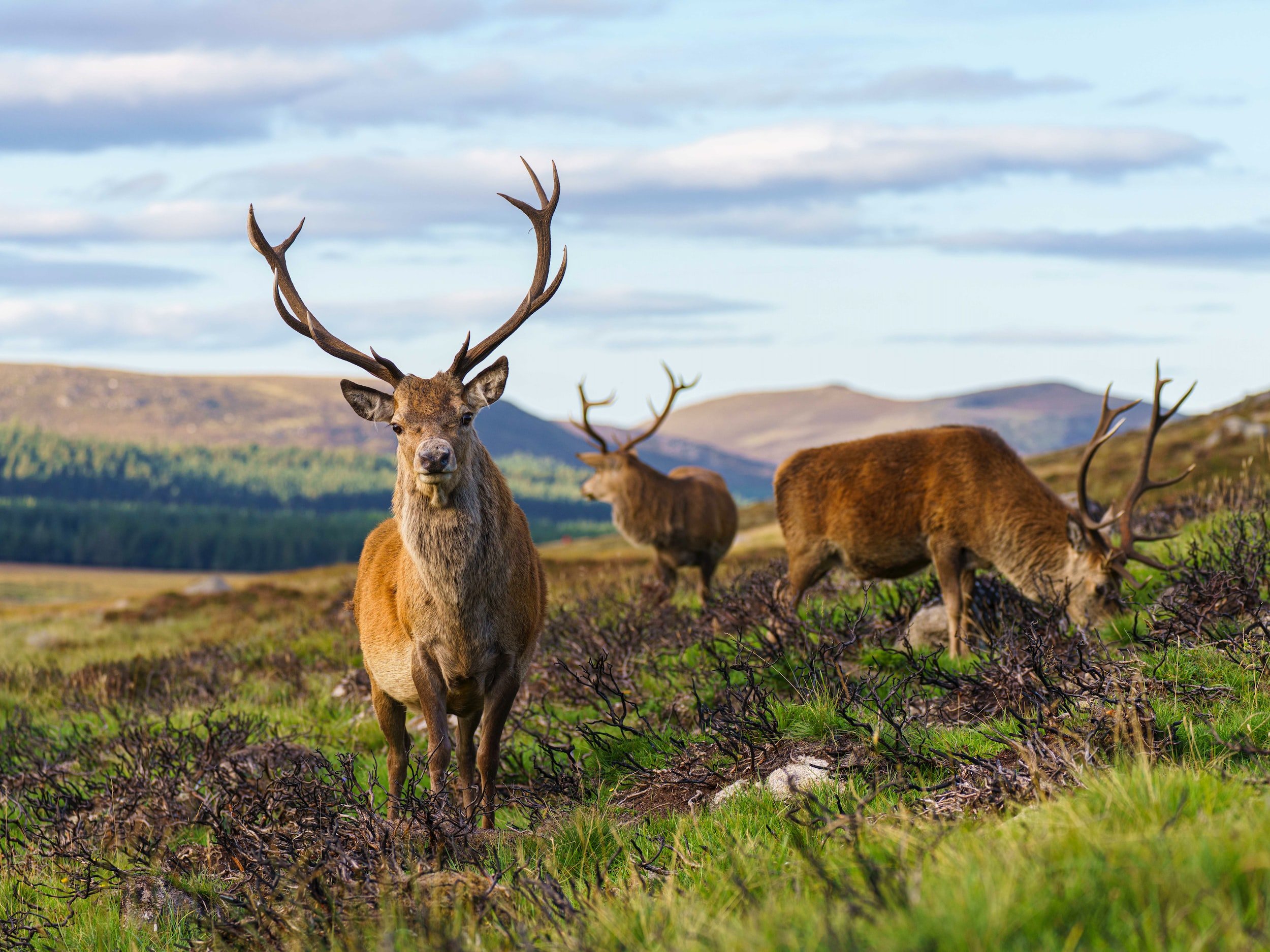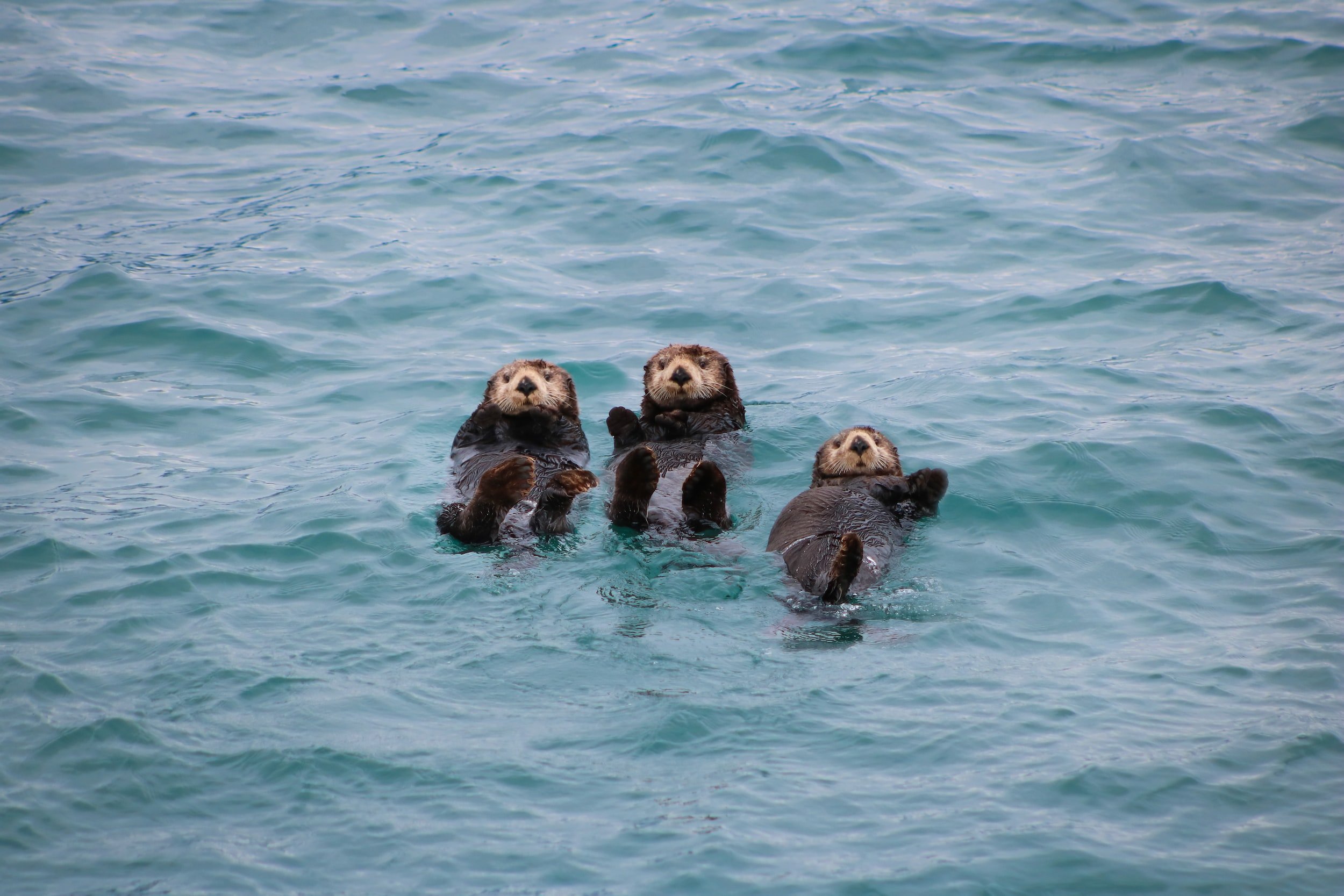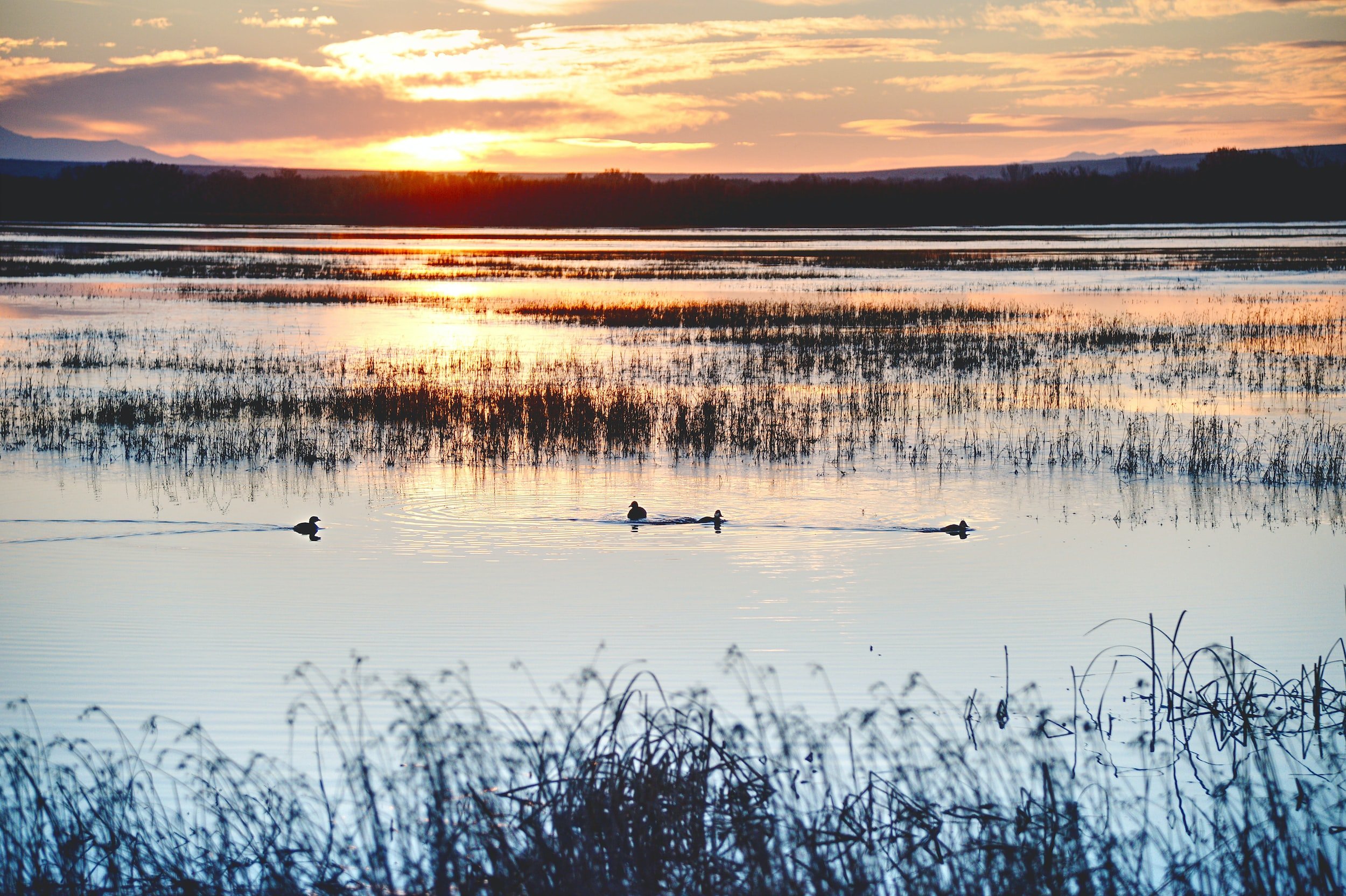Encountering Nature's Wonders: Exploring the Diverse Wildlife of the Isle of Arran
It all begins with an idea.
The Isle of Arran, nestled off the west coast of Scotland, is renowned for its breathtaking landscapes and rich biodiversity. This diverse ecosystem provides a sanctuary for a wide range of wildlife, including red deer, golden eagles, seals, and more. In this blog post, we'll delve into the enchanting world of the Isle of Arran's wildlife, providing information on wildlife watching, conservation efforts, and the vital work of organizations such as the Community of Arran Seabed Trust (COAST) in preserving the island's natural heritage. We believe it’s important to protect the wildlife of Arran and ensure visitors know what they can expect to encounter during their stay. And once you’re finished reading this blog post why not get to know us, and discover why we started This Must Be The Place.
Red Deer
As the largest land mammal in the British Isles, the red deer is a magnificent sight to behold. The Isle of Arran is home to a thriving population of red deer, which can often be spotted roaming the island's hills and moorlands. Autumn is a particularly exciting time for deer watching, as the annual rutting season begins. During this time, the stags engage in fierce battles for dominance, filling the air with their impressive roars.
To increase your chances of spotting red deer, head to the island's northern hills or the remote western glens, where they tend to congregate. Remember to maintain a safe distance and respect the animals' natural habitat.
Golden Eagles
The golden eagle, with its striking appearance and powerful presence, is one of the most iconic birds of prey in the British Isles. The Isle of Arran provides a vital habitat for these majestic creatures, who can often be seen soaring high above the island's mountainous terrain.
The best time to spot golden eagles on the Isle of Arran is during the spring and summer months when they are most active, so plan your stay on Arran around that time if you want to catch a glimpse. The remote northern glens and the rugged peaks of the Arran mountains provide the ideal backdrop for observing these awe-inspiring birds in their natural habitat.
Seals
The Isle of Arran's coastline is home to both common seals and grey seals, who can often be spotted basking on the rocks or frolicking in the shallows. The island's sheltered bays and inlets provide the perfect environment for seals to breed, feed, and rest.
One particularly popular location for seal watching is Lamlash Bay, a marine protected area managed by the Community of Arran Seabed Trust (COAST). The organization's ongoing efforts to conserve and regenerate the area's marine life have created a thriving ecosystem, which supports a healthy seal population.
Otters
The elusive and enchanting Eurasian otter is another of the Isle of Arran's most treasured inhabitants. These playful creatures can be found along the island's coastline, where they hunt for fish and crustaceans in the rocky shallows.
To increase your chances of spotting otters on the Isle of Arran, head to the quieter bays and inlets, particularly during the early morning or late evening when they are most active. Remember to remain patient and still, as otters are notoriously shy and can be easily spooked by sudden movements or noises.
Seabirds
The Isle of Arran is a haven for a diverse range of seabirds, including guillemots, razorbills, gannets, and puffins. The island's dramatic sea cliffs and rocky shores provide important nesting sites for these birds, while the surrounding waters teem with the fish and other marine life that sustain them.
To experience the Isle of Arran's seabird colonies in all their glory, consider planning accommodation in Arran to experience a boat trip around the island's coastline during the breeding season (April to July). This not only provides the opportunity to witness the birds up close but also allows for stunning views of the island's dramatic landscapes from a unique perspective.
Conservation Efforts and the Community of Arran Seabed Trust (COAST)
The Isle of Arran's incredible biodiversity is a testament to the ongoing efforts of local organizations, such as the Community of Arran Seabed Trust (COAST), who work tirelessly to protect and conserve the island's natural heritage. Established in 1995, COAST is a community-led organization dedicated to the sustainable management of the island's marine environment.
One of COAST's most significant achievements has been the establishment of the South Arran Marine Protected Area (MPA) in Lamlash Bay, which has played a crucial role in the regeneration of the area's marine life, including seals, seabirds, and diverse fish populations. In addition to their work within the MPA, COAST engages in a range of initiatives, such as beach clean-ups, educational programs, and citizen science projects, which all contribute to the preservation of the Isle of Arran's unique ecosystem.
Tips for Wildlife Watching on the Isle of Arran
1. Patience and Preparation: Observing wildlife in their natural habitat can be an incredibly rewarding experience, but it often requires patience and perseverance. Be prepared to spend time in one location, quietly observing your surroundings and waiting for nature to reveal itself.
2. Optimal Timing: Early morning and late evening are often the best times for wildlife watching, as many animals are more active during these periods. Be prepared to adjust your schedule accordingly to maximize your chances of successful encounters. Be sure to plan accommodation on Arran that’s nearby to wildlife watching spots.
3. Respect for Nature: Always remember to maintain a safe distance from wildlife and avoid disturbing their natural behavior or habitat. Leave no trace of your presence, and take only photographs and memories with you.
4. Knowledge and Equipment: Before setting out on a wildlife watching adventure, research the species you hope to encounter, their preferred habitats, and any specific techniques for observing them. Binoculars, a camera with a telephoto lens, and a field guide can all enhance your experience and help you identify the wildlife you encounter.
The Isle of Arran's diverse and captivating wildlife offers visitors the chance to connect with nature and experience the wonders of the natural world up close. By respecting the island's unique ecosystem and supporting the vital work of organizations such as COAST, we can all play a part in preserving the Isle of Arran's natural heritage for generations to come. For all things accommodation in Arran and short breaks in Skye, please feel free to get in touch.



